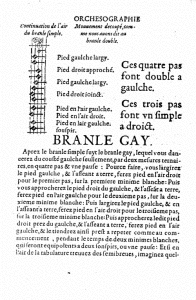 There are so many dances that classical guitarists perform every day! Minuets, waltzes and mazurkas in music schools, allemandes, courantes, gigues and all Baroque dances at the academies and not to tell about the world of the Spanish music! Sometimes you don’t even realize that you are actually playing dance music!
There are so many dances that classical guitarists perform every day! Minuets, waltzes and mazurkas in music schools, allemandes, courantes, gigues and all Baroque dances at the academies and not to tell about the world of the Spanish music! Sometimes you don’t even realize that you are actually playing dance music!
My approach to the repertoire that I play after graduating from the academy of music has been to play only what I like. I don’t care if the music is old or new but if I like it then there are chances that one day I could play it myself. Next come the listener – if I know that the listener wouldn’t like my choice then I will not play it. After all – I did not educate myself to a master degree classical guitarist to sit home and please myself! The audience must approve my choices and then, if I have their permission, I can insert something slightly different or unexpected to my programs.
So the program of my CD turned out to be a total mainstream! I am happy because then it is possible for the audience to compare them with the “ordinary” interpretations. When my album was done and I had sent it to my colleagues in different countries then I got some feedback that people had put the CD aside when they got it because the program seemed mainstream bullshit. Later, when they decided to give it a try (after all – I have to listen to THEIR discs, too!), many of them were really surprised.
I tried to include dances from different eras. Here I have the branle, galliard and saltarello representing the medieval and renaissance period. Then come the bourree and gigue from the Baroque master followed by Spanish music and the Latin grooves in the end. Finally, under number 13 I’ve got the only Estonian dance. I had to have it. And what kind of percussion did I use to mark the measure in this dance? Violoncello 🙂
